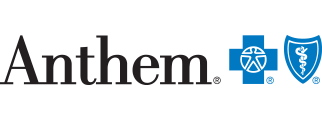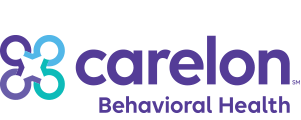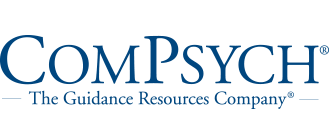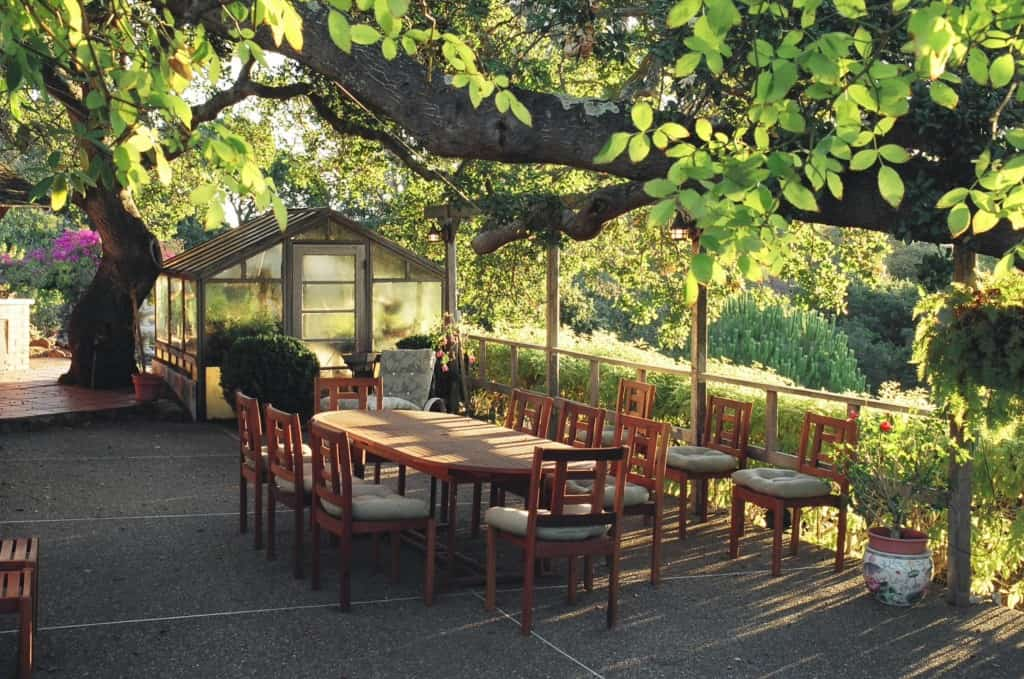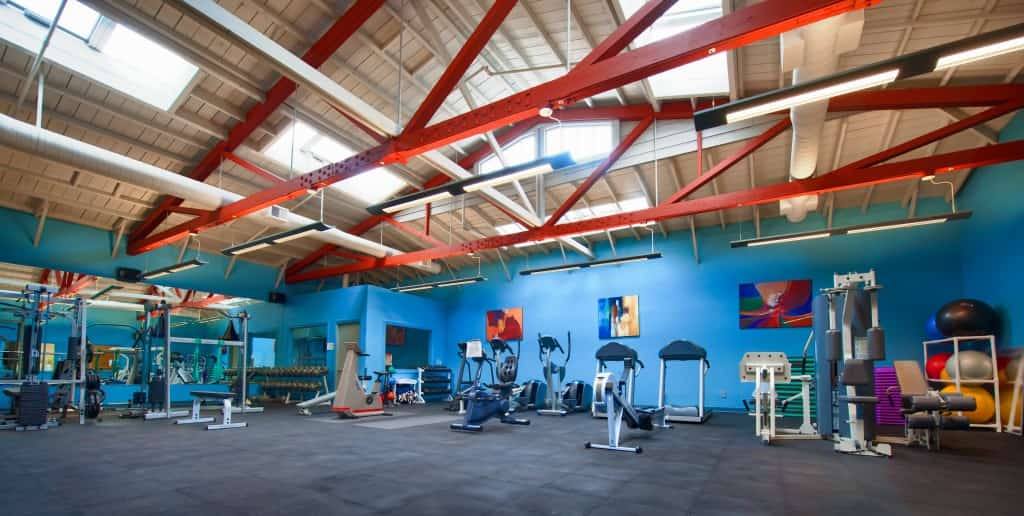The Bayside Marin treatment model for addiction is on the cutting edge of substance abuse and addiction rehabilitation. We implement a 5-phase model of addiction treatment that is unique to our treatment facility.
Our Five-Phase Model
Our 5-phase addiction treatment model is the result of decades of experience in the field of addiction recovery. We are confident that our advanced model for addiction treatment will put you in the best possible position to overcome your addiction and enjoy a lifelong recovery.
At Bayside Marin we believe that effective addiction treatment models for addiction treatment require the following:
- A truly individualized substance abuse treatment program
- An interdisciplinary rehabilitation staff
- A willingness for recovery counselors to allow you to find your way in recovery
- A strong continuing care program
The Bayside Marin treatment model for addiction is different than other substance abuse treatment models in that it is divided into five phases of care instead of 12-steps, which clients move through at their own pace. Instead of 12-Step paperwork, clients are given a series of five assignments that they must complete in order to successfully complete their recovery program. This has been proven to be a very effective approach over other addiction treatment models, and you will find it to be one of the cornerstones of Bayside Marin’s advanced model of addiction treatment.
Phase Work improves the awareness, motivation, insight and preparedness of each client, and provides the tools needed to maintain long-term recovery. Phases are written by each client, reviewed by staff and presented by clients to their peers for comments and questions. This model of addiction treatment is powerful clinical work at work, and clients report an enormous amount of personal satisfaction from completing it.
Phase One: Incentive
Goal: To help patients identify their personal rationale for getting and staying clean and sober.
In this phase of Bayside’s addiction treatment model Clients are led through a series of exercises and treatment activities designed to determine their primary motivation and incentive to get clean and sober. We help clients look at their substance abuse history, negative consequences, positive reinforcement and other factors that influence their decisions to drink or abuse drugs.
This phase is designed to help clients stop and think about the possibilities of their future, with and without substances. At the end of this phase, clients have a clear and specific concept of why they want to get clean and sober and what the consequences are if they continue to use.
Phase Two: Awareness
Goal: To increase insight and awareness about self and the nature of addiction.
This phase of Bayside’s addiction treatment model continues throughout the course of addiction and mental health treatment. Clients are provided education regarding a variety of topics pertinent to substance abuse treatment and recovery, such as:
- Drugs of Abuse
- Process Addictions
- Dual Diagnosis Treatment
- Relapse Prevention
- Family Dynamics
- Sober Socializing
- Communication Skills
- Mood Management
- Anger Management
- Cognitive Distortions
- Developing and Utilizing a Sober Support System
- Medications in Recovery
- Pain Management
- Codependency
- Parenting
- Workaholism
- Identifying High Risk Situations
Clients learn techniques they can use to intervene on behalf of their own recovery and are empowered to be part of their own solutions. This is done by helping the client to identify a topic that is pertinent to their own recovery, research that topic and share their findings with the community. This is an amazing process and clients teach and learn lessons that help them and their peers for years to come.
Phase Three: Support
Goal: To develop and utilize a sober support system that has permission and is encourage to provide feedback and direction.
The purpose of phase three of Bayside’s substance abuse treatment model is to develop an initial sober support network. By starting this process midway through treatment we are able to identify strengths and weaknesses in this area. This phase requires that clients identify specific individuals, organizations, therapists and support groups that will become their primary support system upon discharge.
Clients are assisted in locating resources in their own communities that will provide support services, taking into consideration the client’s lifestyle, vocation, living situation, family issues and any personal challenges. During this phase of the addiction treatment model, we also help clients identify those people in their lives who are enabling them to continue their use of drugs and alcohol and how to change or end these relationships.
Phase Four: Vigilance
Goal: To determine specific triggers that can lead to relapse and develop a solid relapse prevention plan.
In this phase of Bayside’s substance abuse treatment model clients are asked to identify specific people, places and things that pose a threat to their recovery. Clients are led through a series of exercises designed to help them understand the relapse process, identify personal relapse triggers and develop an action plan to avoid relapse.
When clients transition from this phase of the treatment model they have an increased awareness of what it takes to succeed in recovery and what exactly can threaten their recovery. Clients will develop a list of relapse triggers that are specific to their lifestyle, personality and history. They will then develop a relapse prevention plan that addresses these triggers and provides a strategy to avoid relapse.
Phase Five: Preparation
Goal: To develop a concrete, specific and measurable discharge plan that addresses the client’s issues and provides the most opportunity for continued recovery.
All clients will have a comprehensive discharge plan prior to completing our addiction treatment program. At this phase of our treatment model, we assist the client in developing an initial three-month plan that outlines weekly recovery activities complete with times, locations, names and phone numbers.
Each discharge plan is scrutinized by the entire clinical team, key members of the sober support system and the client’s peers, and must gain clinical approval prior to discharge from addiction treatment. When clients leave Bayside Marin they have a concrete, specific and measurable discharge plan.
Next Steps
- Speak to Intake Advisor
- Request a Free Confidential Assessment by filling out the Contact Us form above and entering Free Confidential Assessment in the Comments section
